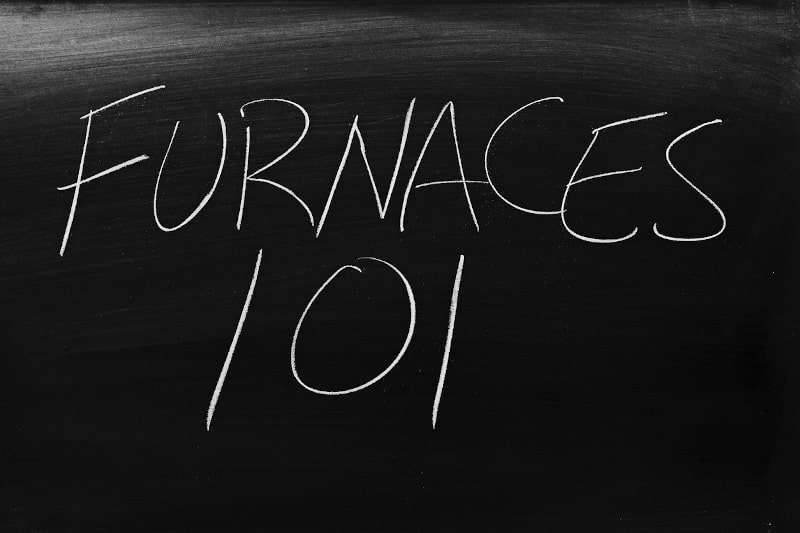Furnaces have many different parts that work together to generate heat. Each of these parts has a specific function for helping your Berryville, VA, home stay nice and toasty. Here are the main parts of a furnace and their functions.
1. Burners
Burners are the parts of a furnace used to generate heat. The type of fuel used will determine the type of burner needed. For example, natural gas furnaces will have a different burner than oil furnaces. Common furnace burners include gas, oil, and electric. Gas burners are definitely more readily utilized and consume natural gas as fuel.
2. Heat Exchanger
The heat exchanger transfers heat from the combustion chamber to the air under circulation by the furnace. It’s a key component that’s responsible for actually generating heat. During combustion, the heat exchanger captures the heat generated and transfers it to the air passing through it.
Heat exchangers are usually metallic and have a network of coils or tubes that the air will pass through. As the air passes, the heat from the exchanger will warm it up.
3. Flame Sensor
The flame sensor is a safety device that ensures the burner ignites correctly without resulting in damage. When you turn on your furnace, the sensor will detect whether there’s a flame present or not. If there isn’t, the sensor will shut off the gas supply to the burner to prevent a fire.
The flame sensor is usually a small probe placed near the burner and connected to an electrical circuit. Ensure you check that it’s clean and working correctly periodically.
4. Thermostat
The thermostat controls the air temperature in your home and turns your furnace on and off as needed. The best location to place it is on a wall. The small dial is what you’ll use to set a desired comfort level.
Ensure you have an accurate thermostat, as it can save you money on monthly energy bills. If your thermostat isn’t working properly, it could turn your furnace on and off too frequently, wasting precious energy.
5. Limit Switch
The limit switch is a safety device that shuts off your furnace if the temperature gets too high. It’s usually placed near the heat exchanger and monitors the air temperature around it. Make sure to always set it according to the manufacturer’s instructions. As a side note, some, but not all, furnaces include a limit switch. While shopping around, don’t be surprised if the one you desire is missing this piece of equipment.
6. Blower Motor
Older furnace models commonly include a blower motor. The blower motor circulates air via a fan. If the motor isn’t working properly, it could result in uneven or no heating.
As previously stated, modern furnaces typically do not include a blower motor. Instead, they’re built with a direct drive blower motor. Some of the biggest benefits of this particular upgrade are increased operational speed, energy efficiency, and reliability.
7. Pilot Light
The pilot light is yet another feature of older furnace models. Once a furnace turns on, the pilot light ignites the fuel in the burner, which starts the combustion process. A small flame is used to ignite it. The location of this device is near the burner. A small amount of gas is used, so it stays lit. Keep in mind that today’s modern version of a pilot light is an electronic ignition. They require less power to function and are, therefore, more energy efficient.
Understanding how your furnace works can help you troubleshoot simple problems and keep your family safe. If you encounter any sort of furnace trouble, don’t wait to ask for help. Contact Griffith Energy Services for outstanding furnace repair services. Providing Doggone Dependable service since 1898, we have the experience and knowledge to get your furnace up and running better than before!
Image provided by iStock




